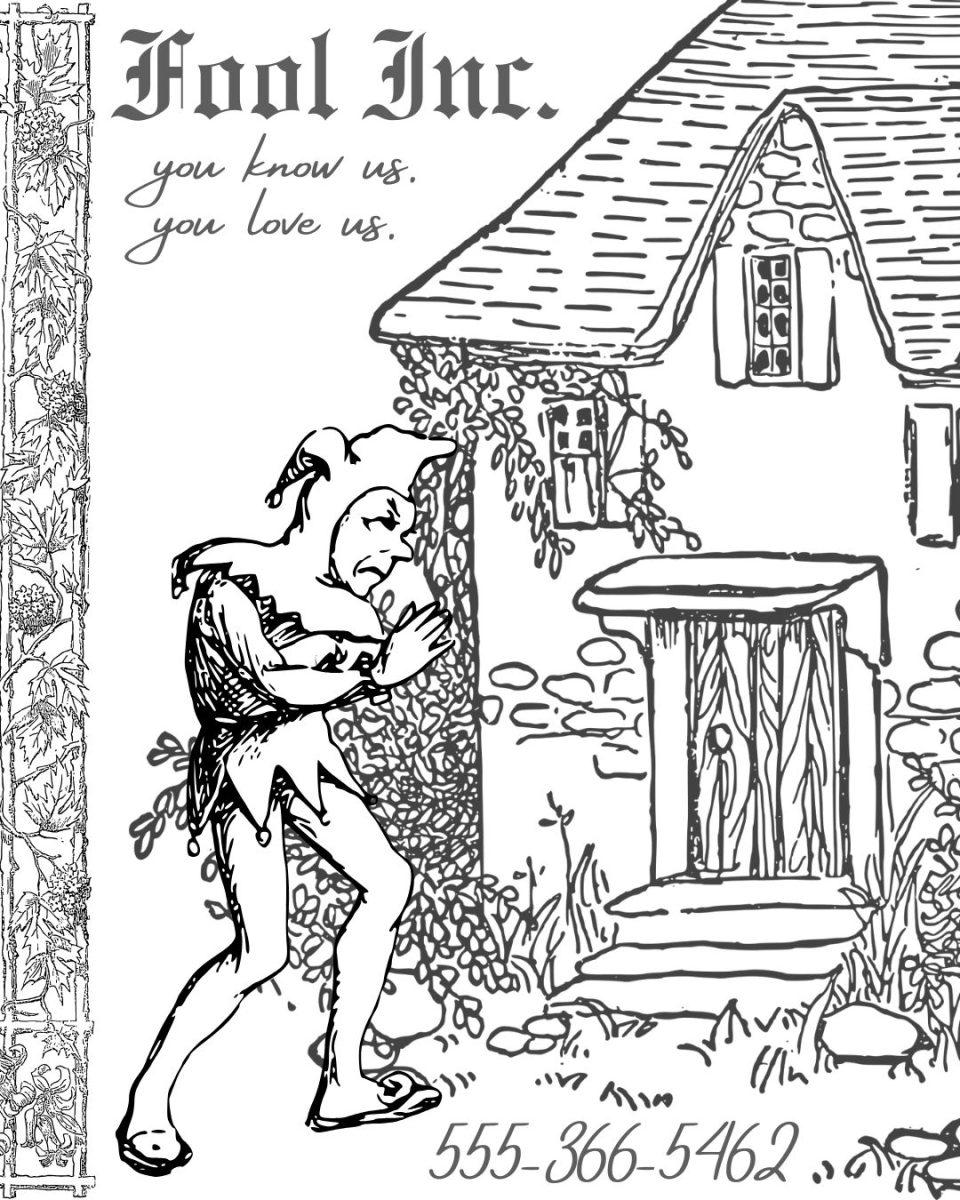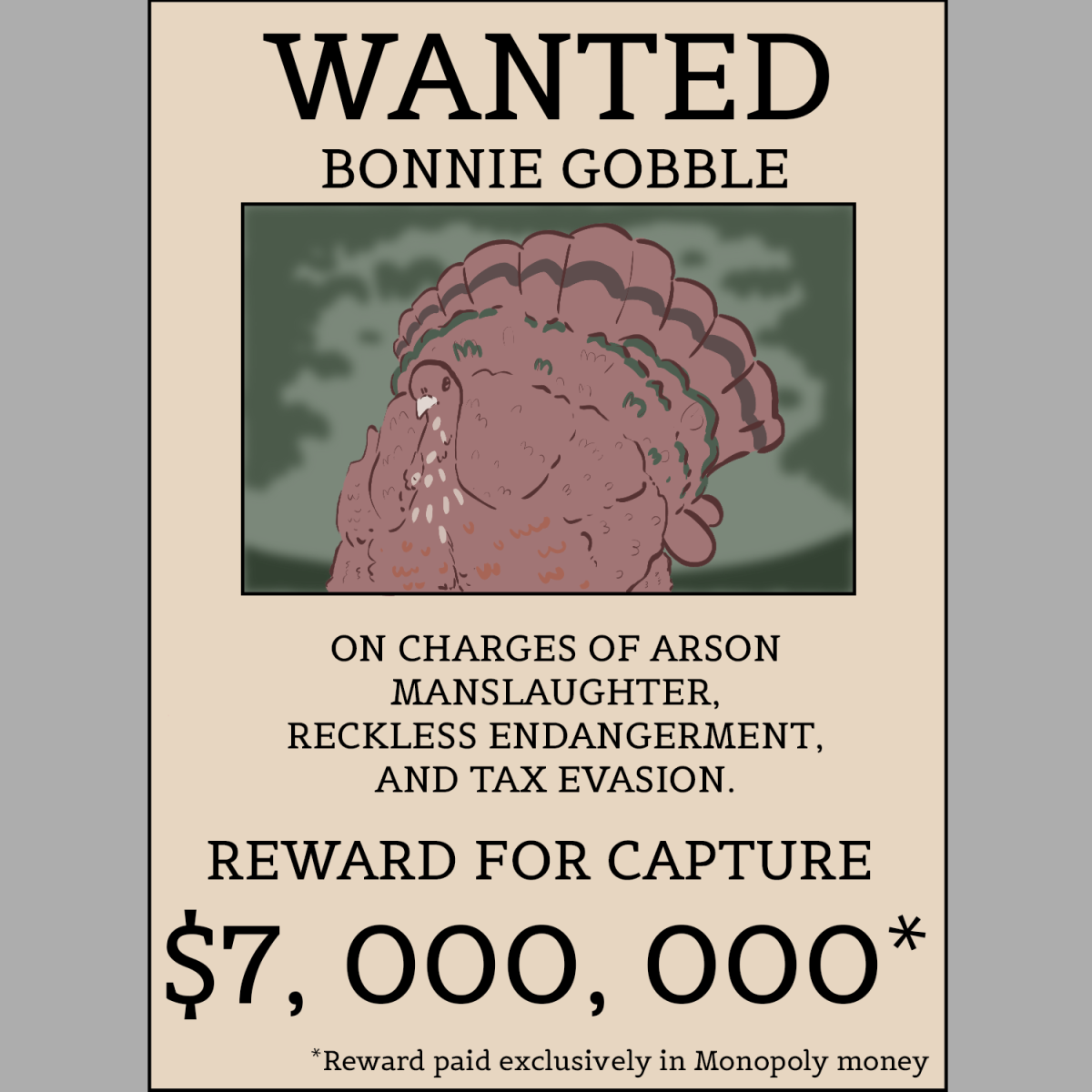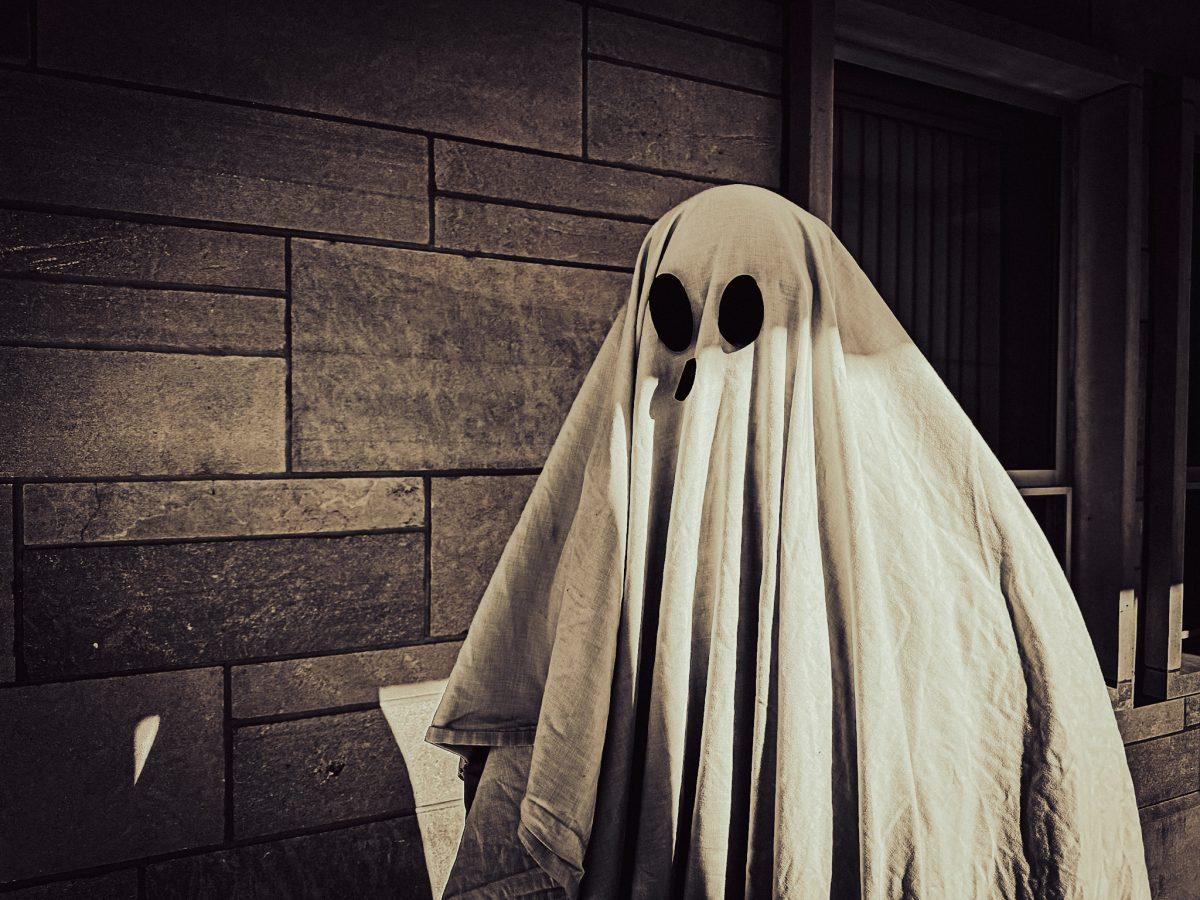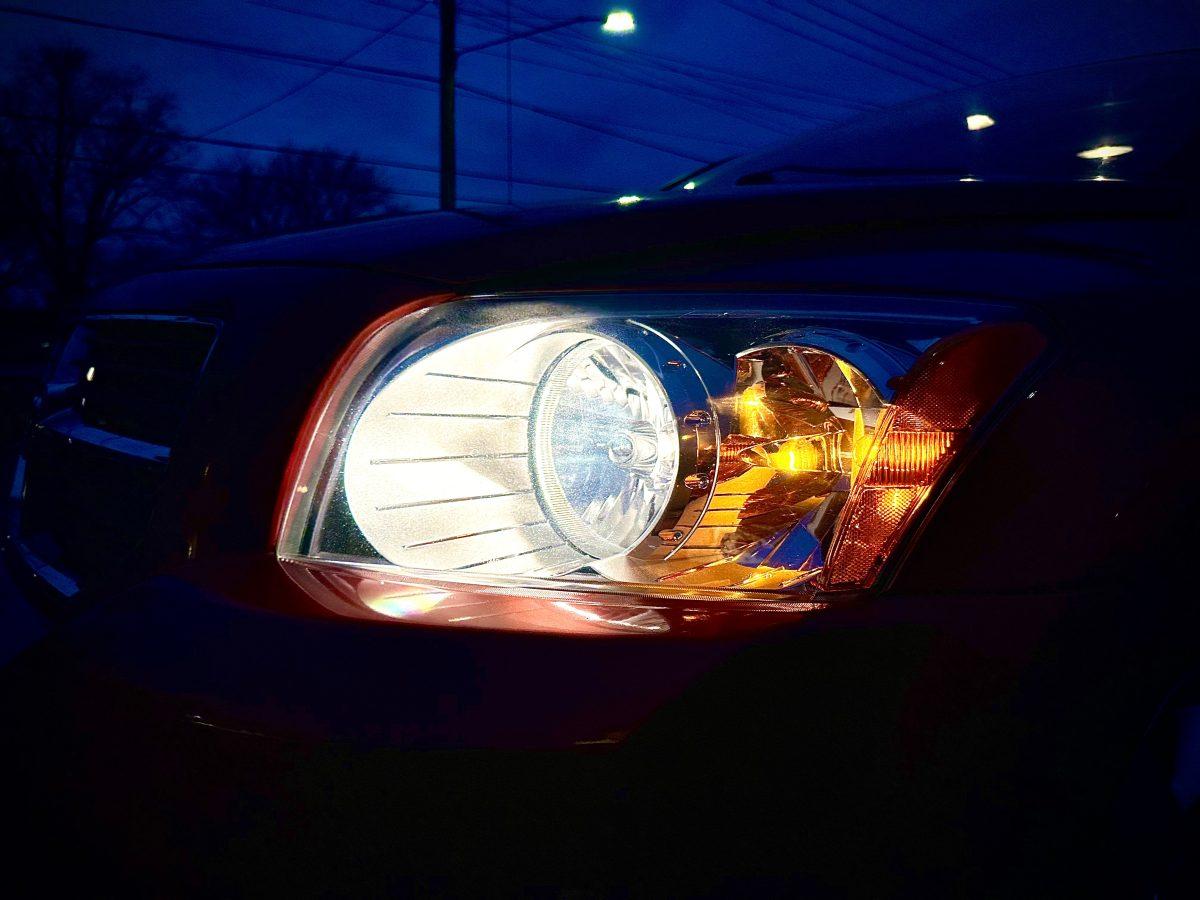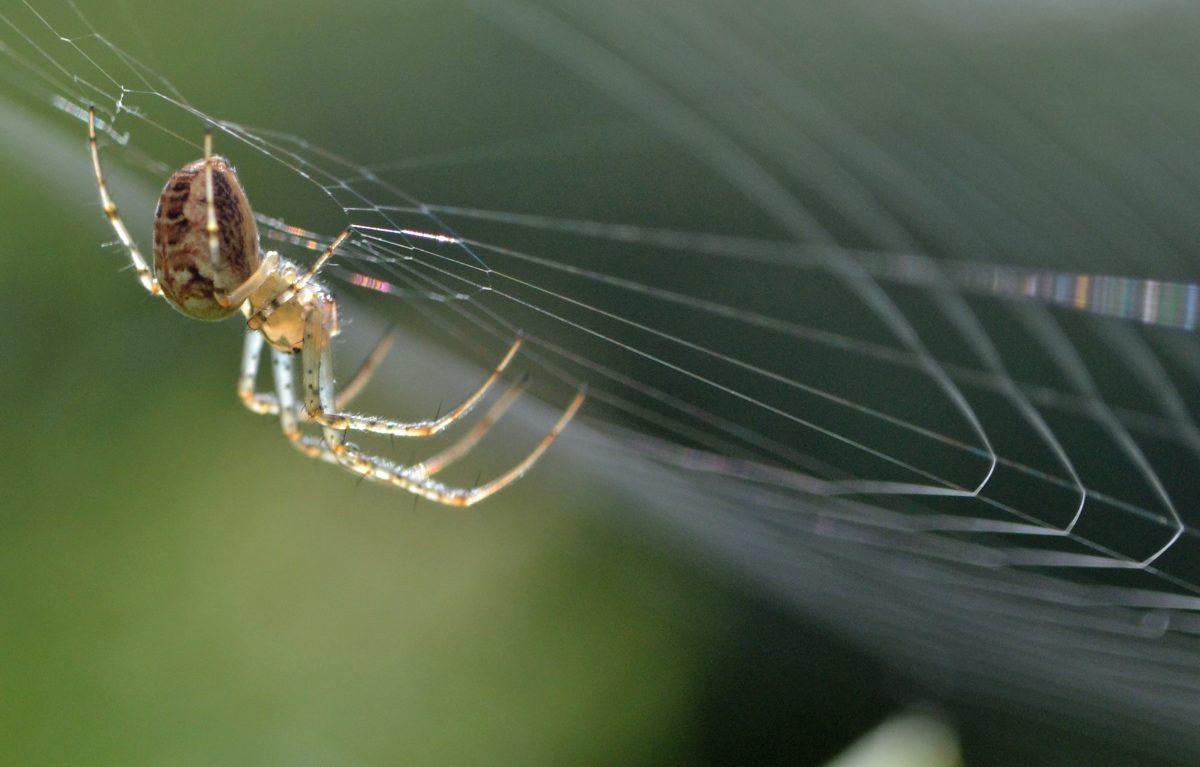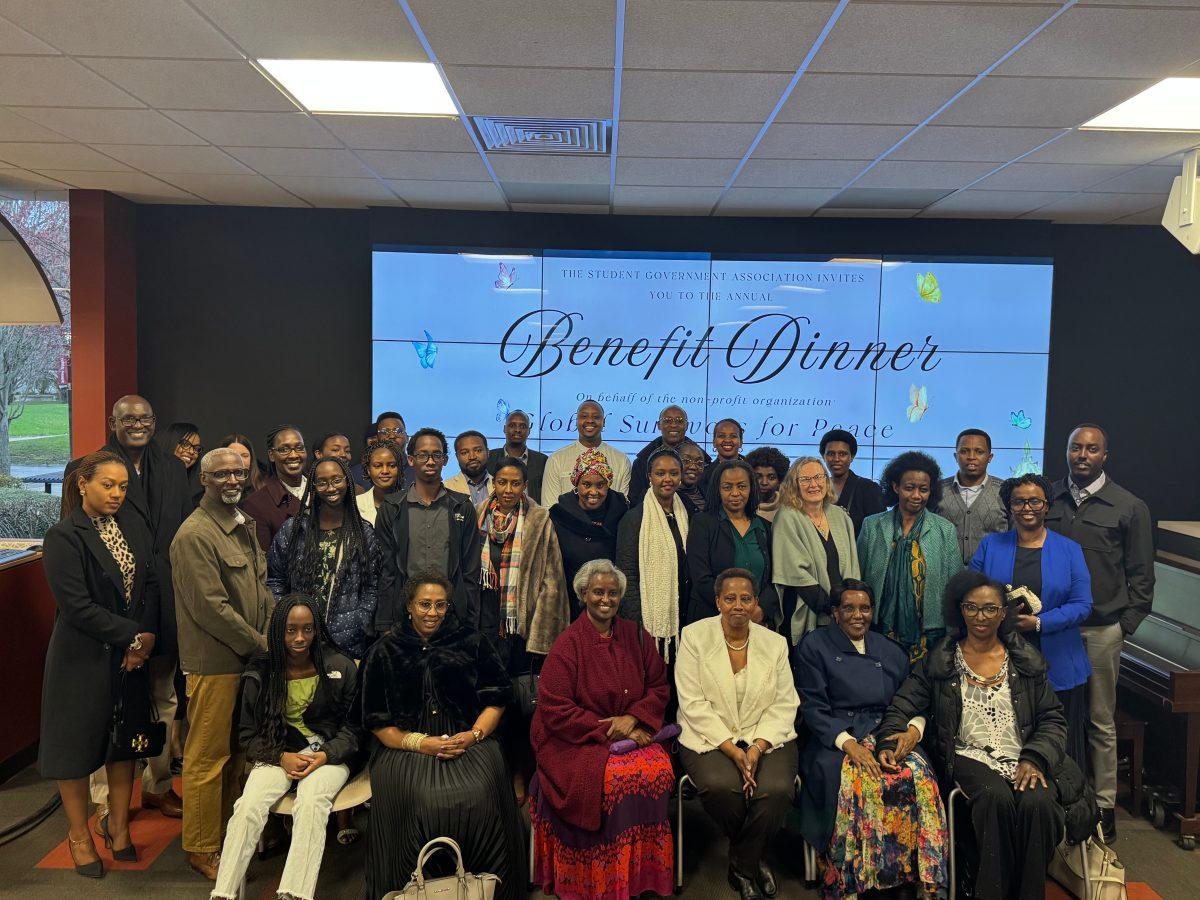Spider in web // Conall via Flickr
WAITING FOR THE BIG CATCH. Some spiders, like the one shown in the picture, make webs to capture their lunch. Others make tunnels and holes or hunt for their meal.
By: Ashley Bergeron
Staff-Writer
Spiders are known to be scary creatures, and arachnophobia – the fear of spiders – affects up to 15% of people. Despite the negative public opinion, spiders are very important predators in ecosystems. Let’s learn about them!
Spiders are a part of the phylum Arthropoda, which includes other animals like crustaceans and insects. They are also a part of the subphylum Chelicerata, which is named after the body parts chelicerate: mouth parts that either look like fangs or pincers that can be used to inject venom. Other members of Chelicerata are daddy longlegs (they’re not spiders), horseshoe crabs, scorpions, sea spiders, ticks and more!
Spider venom is like a bee sting; it sucks, but it sucks more if you are allergic. While these allergic reactions or anaphylaxis are rare, it is important to know the symptoms, which include hives, trouble breathing or swallowing and swelling. If you get bitten by a spider and experience any of these symptoms, call 911 and seek medical help.
If you get bitten by a spider without an allergy, you will experience redness and itchiness at the bite site. However, a lot of bug bites also have these symptoms, so it is hard to know for sure if it was a spider unless you saw it bite you. There are only a few spider species with fangs that penetrate human skin, and they will not bite unless they feel threatened.
According to the World Spider Catalog, there are currently 52,427 spider species identified and more to be discovered. The Indiana Department of Natural Resources reports that there are around 400 species of spiders found in Indiana. Only two of the species are deadly to humans: the black widow and the brown recluse.
The black widow spider is known for its iconic red hourglass, found on the upper abdomen of females. Black widows are about the size of a penny and live in undisturbed areas like forests and old buildings; they are rarely found in homes.
Brown recluses are light tan to deep reddish and have six eyes, which is unique, as spiders typically have eight. They are also known as fiddleback spiders because of the violin pattern near their eyes. They can have a leg span of up to an inch with a body size up to half an inch.
Brown recluses like living in hiding places like attics and crevices. Their ideal house is one that is cluttered and dry.
Spiders are very important for local ecosystems, as they are predators of numerous insects and prey for other animals like birds. Without spiders, insect populations would explode, resulting in rapid increases in mosquitos and aphids, which would negatively affect agriculture and disease control.
Some spiders also accidentally assist pollination by building webs in highly populated flower areas to attract pollinating insects for dinner. This encourages the remaining pollinators to go to every flower.
Spiders are also a great indicator of environmental health because they are sensitive to environmental changes. By looking at spider population sizes, scientists can determine the health of an ecosystem and factors like chemical contaminants and heavy metal pollution.
Fatalities from spider bites are less than 1%. Therefore, it is safe to assume that humans can coexist peacefully with spiders. Remember to just look at them and not interact with them, and don’t blindly reach into dark places, because there might be an unaccepting spider who will get spooked.
If you have to remove a spider from your home, like a black widow or a brown recluse, make sure not to use pesticides, as these can harm animals who may eat the spider’s corpse. Always try to relocate the spider instead by capturing it in a jar and placing it outside, as spiders are very important to the environment and honestly don’t want anything to do with you!
If you want to learn more about spiders, Purdue University, Michigan State University and the Australian Museum have great information.
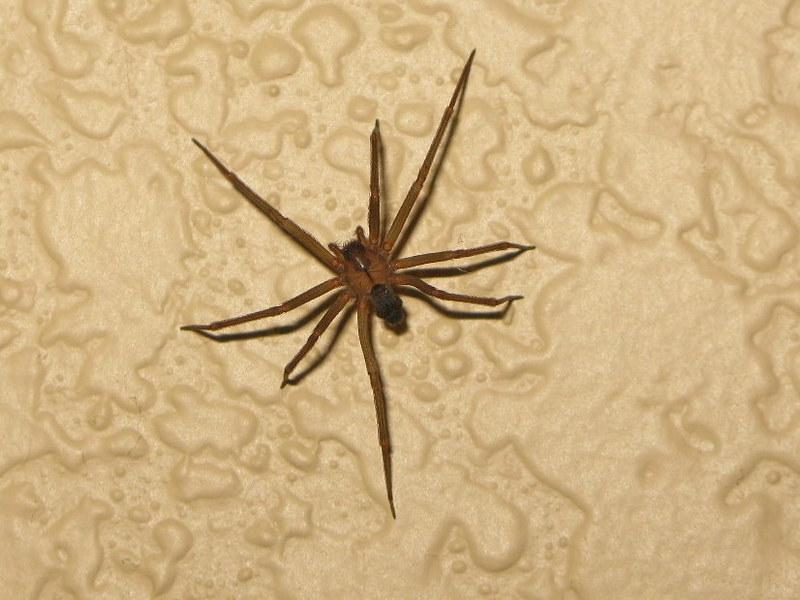
DON’T PLAY ME LIKE A FIDDLE. A distinguishing feature of a brown recluse is the violin shape on its cephalothorax. If you see a similarly colored spider without this pattern, then it is not a brown recluse.





